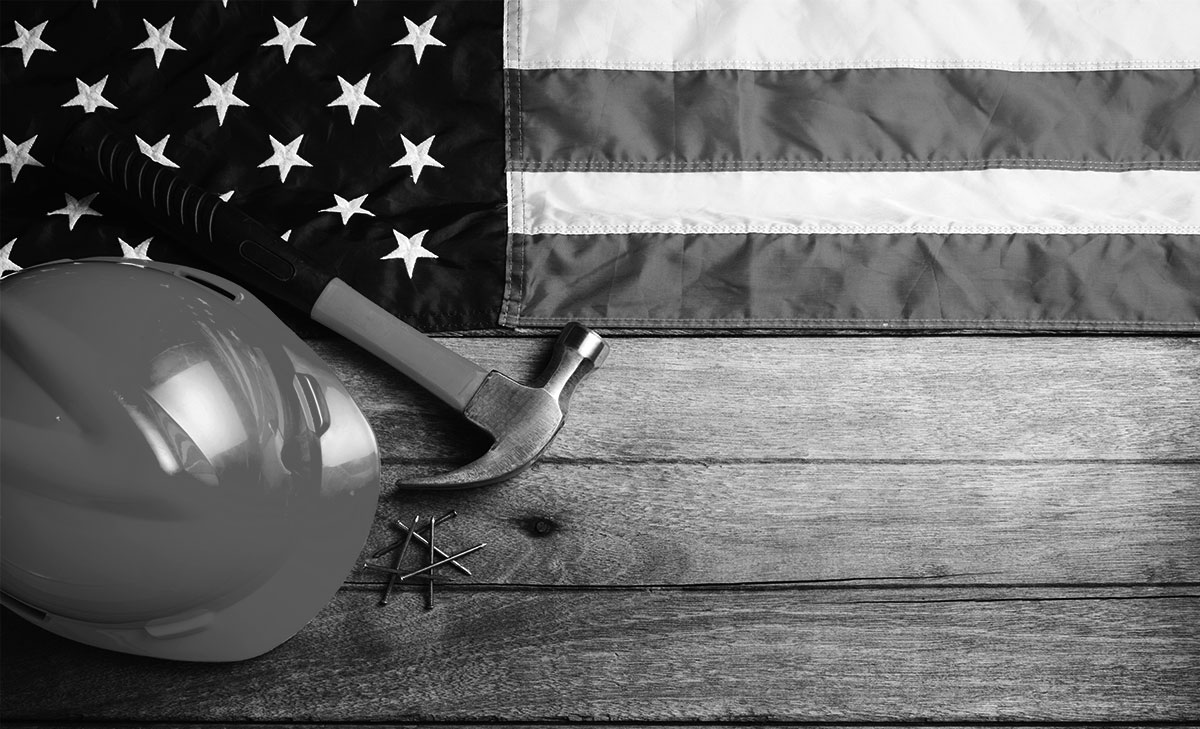Labor Day has its roots in the late 1800s, when labor unions began to organize strikes and rallies to protest poor working conditions and demand fair pay. On September 5, 1882, 10,000 workers took unpaid time off to march in New York City; this is considered the first Labor Day parade. The idea of a “workingmen’s holiday” caught on and many states passed legislation for it, but Congress didn’t legalize the holiday until 12 years later, in the wake of the violence and unrest that followed the 1894 strike by Pullman Palace Car Company employees. The American Railroad Union reacted to the strike by calling for a boycott, which crippled railroad traffic across the nation. The federal government dispatched troops to Chicago to break the strike and a wave of bloody riots resulted. In an attempt to repair ties with American workers, Congress made Labor Day a legal holiday, which President Cleveland signed into law on June 28, 1894. While we still don’t know the true founder of Labor Day, many credit either Peter J. McGuire, cofounder of the American Federation of Labor, or Matthew Maguire, a secretary of the Central Labor Union, as the person who first proposed the federal holiday. Today, Labor Day pays tribute to the contributions and achievements of American workers. Observed on the first Monday in September, it is typically celebrated with family get-togethers and is often considered a mark of the end of summer.

Your go-to guide for weird history facts
Subscribe to the FREE daily email that makes learning about history fun.


